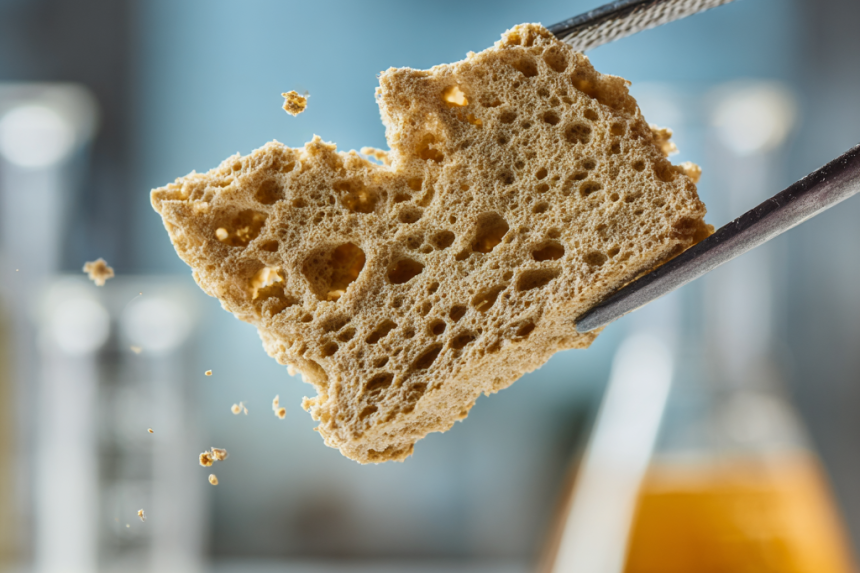Towards Recyclable Polyurethane Foams

Recycling thermoset materials such as polyurethane (PUR) foams is one of the most challenging tasks in the circular economy. Until now, PUR foams have been considered difficult to recycle due to their crosslinked structure, which prevents remelting or dissolution. In this context, a significant breakthrough is presented in the 2025 publication in the Journal of Polymers and the Environment, titled “Fast Recycling of Polyurethane Foams Containing Bio-based Ester-Cleavable Segments”, co-authored by PhD Miķelis Kirpļuks, senior researcher at our Polymer Laboratory.
The study was carried out in collaboration between the Latvian State Institute of Wood Chemistry, the Institute of Macromolecular Chemistry of the Czech Academy of Sciences, and Gdańsk University of Technology (Poland).
This international consortium developed and tested a new type of semi-rigid polyurethane foam containing bio-based ester-cleavable segments, which enable glycolysis without the use of catalysts by means of microwave irradiation.
Key Results:
- A bio-based polyol derived from succinic acid imparts structural recyclability to the foam;
- Catalyst-free glycolysis allows regeneration in just 7 minutes;
- The recycled polyol can be reused to replace up to 50% of the virgin polyol—both fossil-based and newly produced bio-based polyol;
- The resulting PUR foams exhibit excellent thermal insulation properties (λ ~20.0–23.5 mW/(m·K)) and mechanical performance.
Broader Context
The study “Fast Recycling of Polyurethane Foams Containing Bio-based Ester-Cleavable Segments” continues the research initiated in the 2024 publication “Biobased Ultralow-Density Polyurethane Foams with Enhanced Recyclability” by Gotkiewicz et al., published in ACS Sustainable Chemistry & Engineering. The new paper provides a more detailed analysis of the glycolysis mechanisms and reuse potential of these materials.
Journal of Journal of Polymers and the Environment in 2024 was classified in Q1 in Polymer Science (18th out of 94, 81.4 percentile) and in Q2 in Environmental Engineering (30th out of 83, 64.5 percentile).


